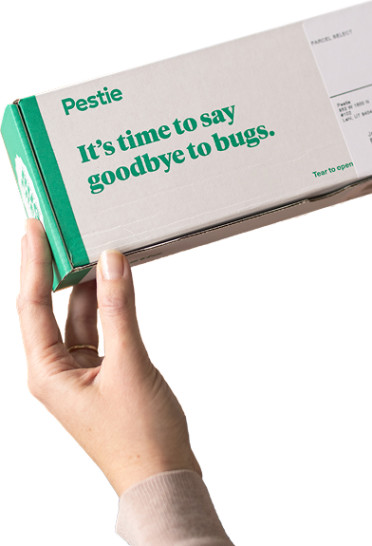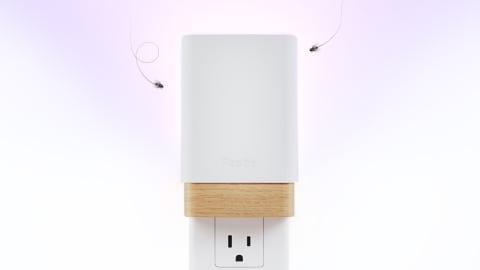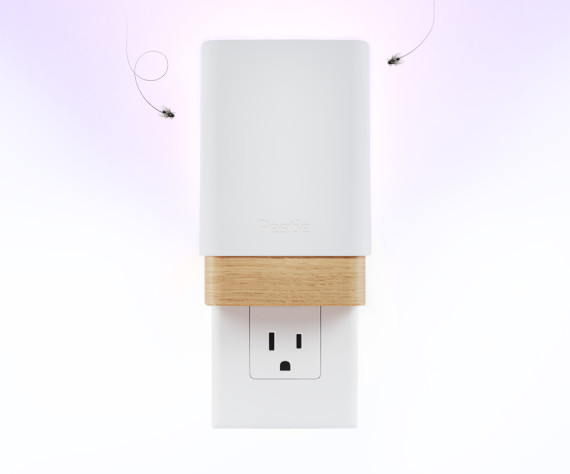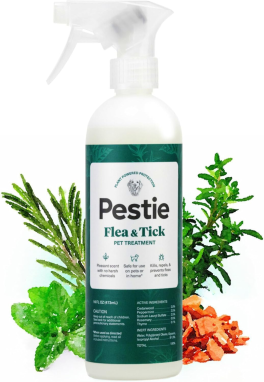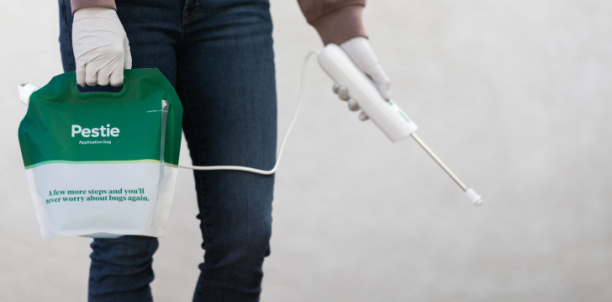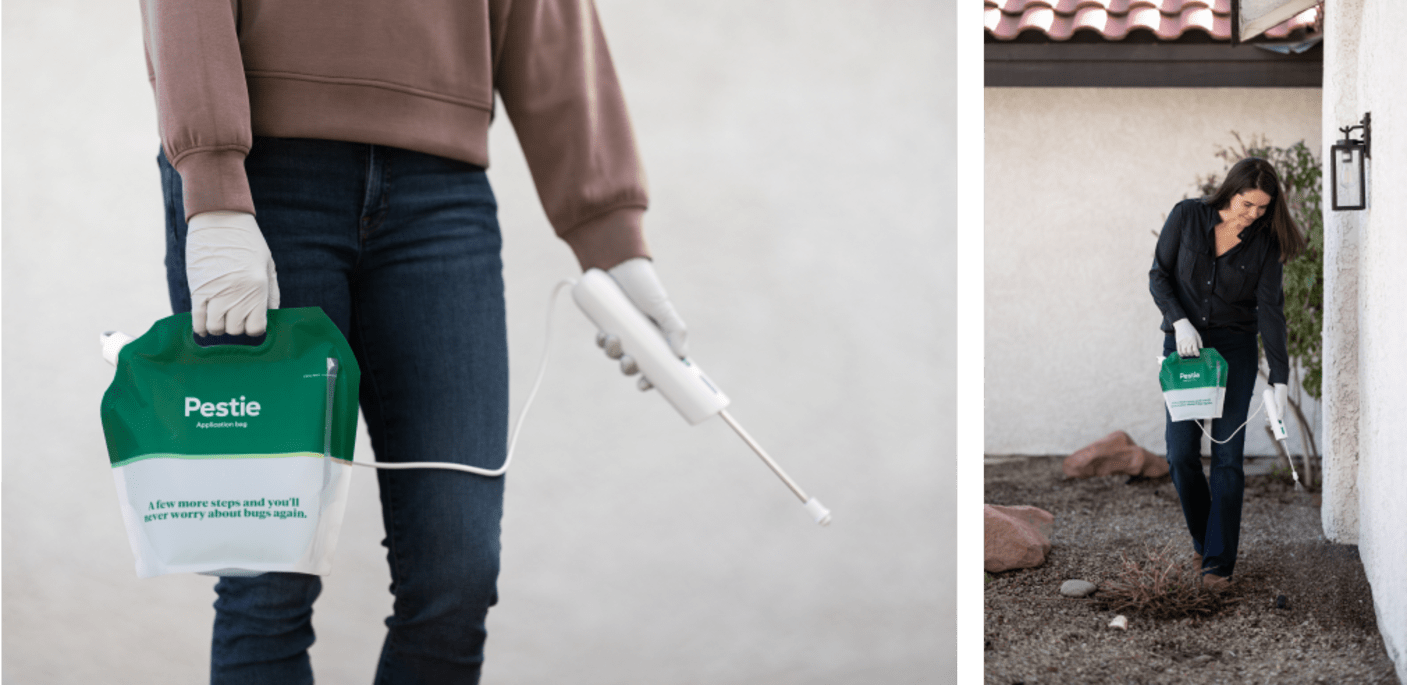How to identify and get rid of dragonflies
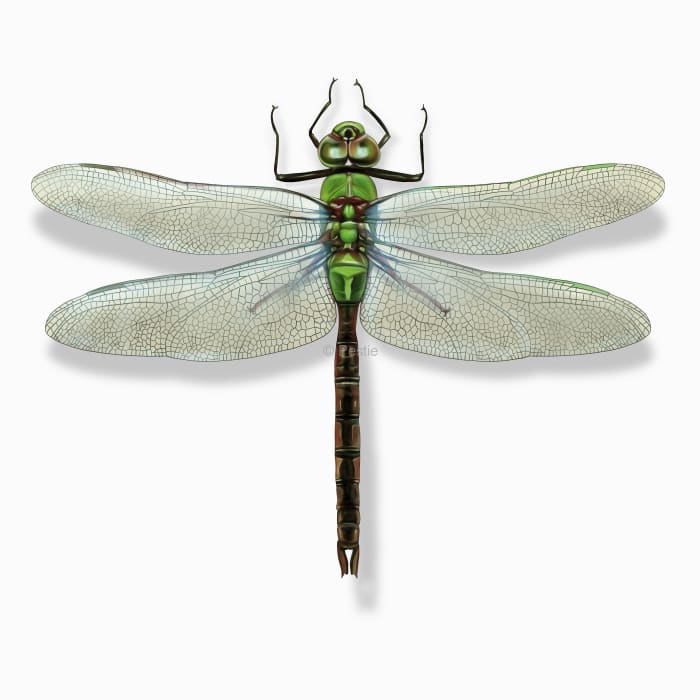
Dragons in your backyard
Dragonflies have been dominating the insect world for millions of years. They are incredible predators both in the air and in the water. They zip around with lightning-fast reflexes, hovering like a helicopter and performing aerial tricks like an acrobat.
Dragonflies start out as nymphs underwater, where they hunt for mosquito larvae, mayfly nymphs, and fly larvae. Sometimes, if they are big enough, they may even take a guppie or tadpole! The nymphs have a modified lower jaw that allows it to rapidly extend forward and clasp unsuspecting prey.
The nymphs will live underwater for several months up to several years, depending on the species and environmental conditions. Once they emerge as adults, they hang around bodies of water, snatching other flying insects from the air and looking for a mate.
Dragonfly males will often establish a territory around a body of water and guard it against other males. Females lay their eggs in water by dipping their abdomens into the water and releasing an egg. Sometimes, the eggs are surrounded by a jelly-like substance to protect them.
These insects are very important ecologically, as they help control mosquito and fly populations. They are very accurate predators, too. While top mammalian predators like lions may only be successful at catching prey 2 out of 10 times, dragonflies are successful 9 out of 10 times.
How to identify dragonflies
Dragonflies can be easily spotted by their unique flying abilities and distinctive body structure. Their two sets of large, clear wings and massive, bulging eyes are unmistakable. They often appear in vibrant colors, such as metallic green, blue, red, or black. Sometimes, their 4 wings will have dark-lined patterns or will be tinted.
If you see these creatures frequently darting around water bodies like ponds or hovering near plants, it’s a good sign they’ve made your yard their home, helping keep the bug population down.
How big are dragonflies?
Dragonflies vary in size, but the most common species measure between 2 and 5 inches in wingspan. However, fossil records have shown that dragonfly wingspans used to be up to 2 feet wide!
What other pest looks like a dragonfly?
Damselflies look very similar to dragonflies but are smaller and look a little more fragile than the robust-looking dragonfly. Damselflies also fold their wings along the body when at rest, unlike dragonflies, which keep their wings flat.
Where do dragonflies live?
Dragonflies are found throughout the United States, especially near bodies of water like lakes, ponds, rivers, and wetlands.
How to get rid of dragonflies
Luckily, dragonflies aren’t considered pests and are very helpful when it comes to controlling flies and mosquitoes in your yard.
However, if you don’t want dragonflies to accidentally enter your home, here are a few tips:
- Add screens to windows and doors.
- Cover or drain small ponds or pools when not in use to reduce breeding sites.
- Apply an insect barrier around and inside your home. Use the Pestie Smart Pest Plan for pro-grade pest control that's easy to use and highly effective at keeping pests out all-year long.
Treat dragonlflies with Pestie
If you're still having trouble keeping dragonlflies away, the best option is to use a pro-grade, effective pest control solution like Pestie.
Pestie is a do-it-yourself pest control solution that's specially designed to keep dragonlflies and other pests away from your home.
With Pestie, you can rest easy knowing that your living space is protected and free of creepy crawlies. And the best part? It's designed for people, pets, and the planet, so you can say goodbye to harsh chemicals and hello to peace of mind!
- Save hundreds compared to traditional annual pest plans
- People, pet, and planet-friendly
- Pro-grade customized formulas
Quick facts
- Scientific name
Order - Odonata
- Colors
Metallic green, blue, red, and/or black
- Life span
1-5 years
- Diet
Insects, fish, tadpoles
How dangerous are Dragonlflies?
Low danger risk
Dragonflies aren’t harmful to humans. They don’t bite or sting and are generally beneficial for controlling other insect populations.
Dragonfly nymphs breathe underwater through their anus. They have gills inside their body that help them take in oxygen. Additionally, some species of dragonfly nymphs can expel water from their anus to help propel them away from danger.

